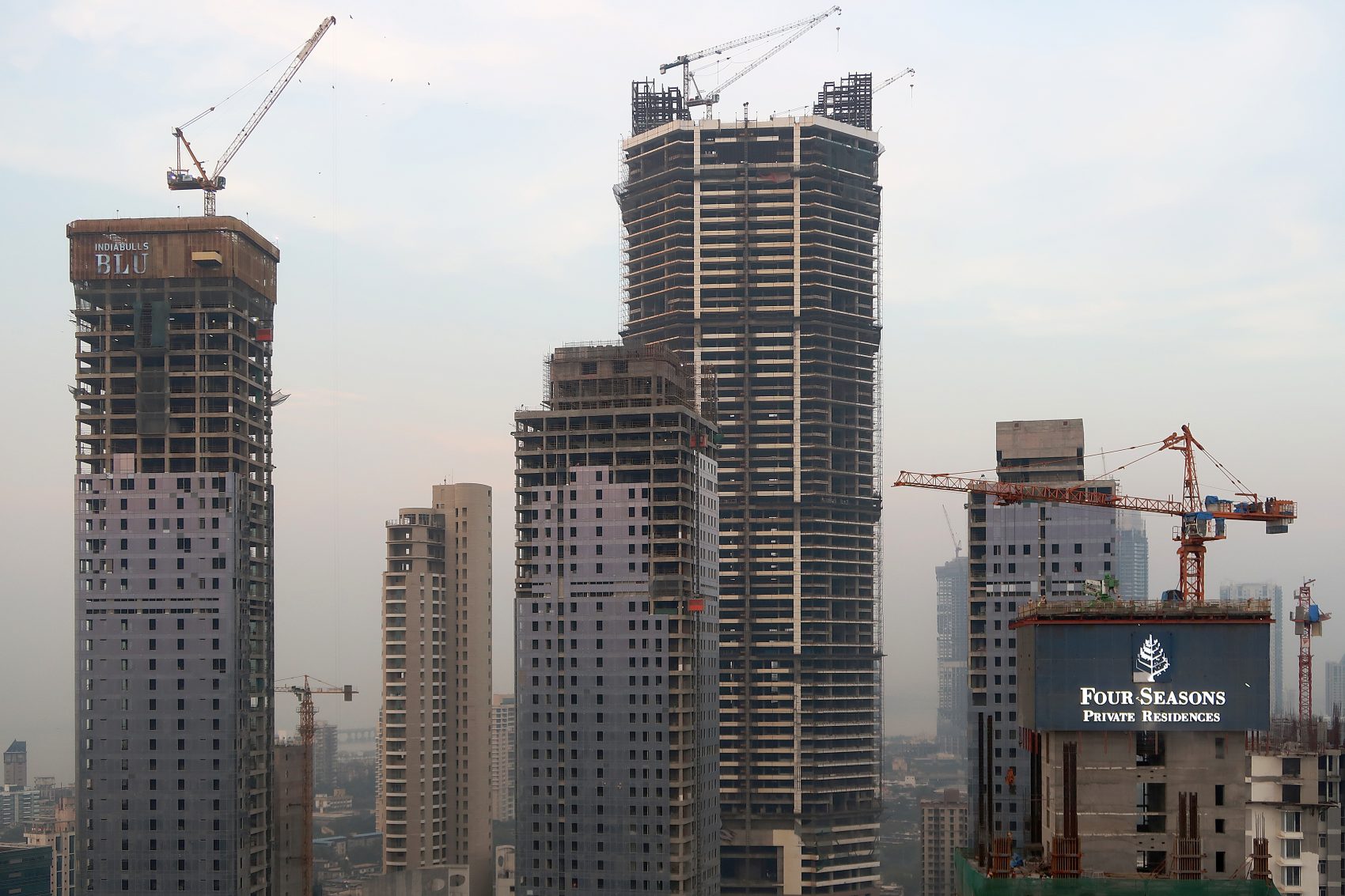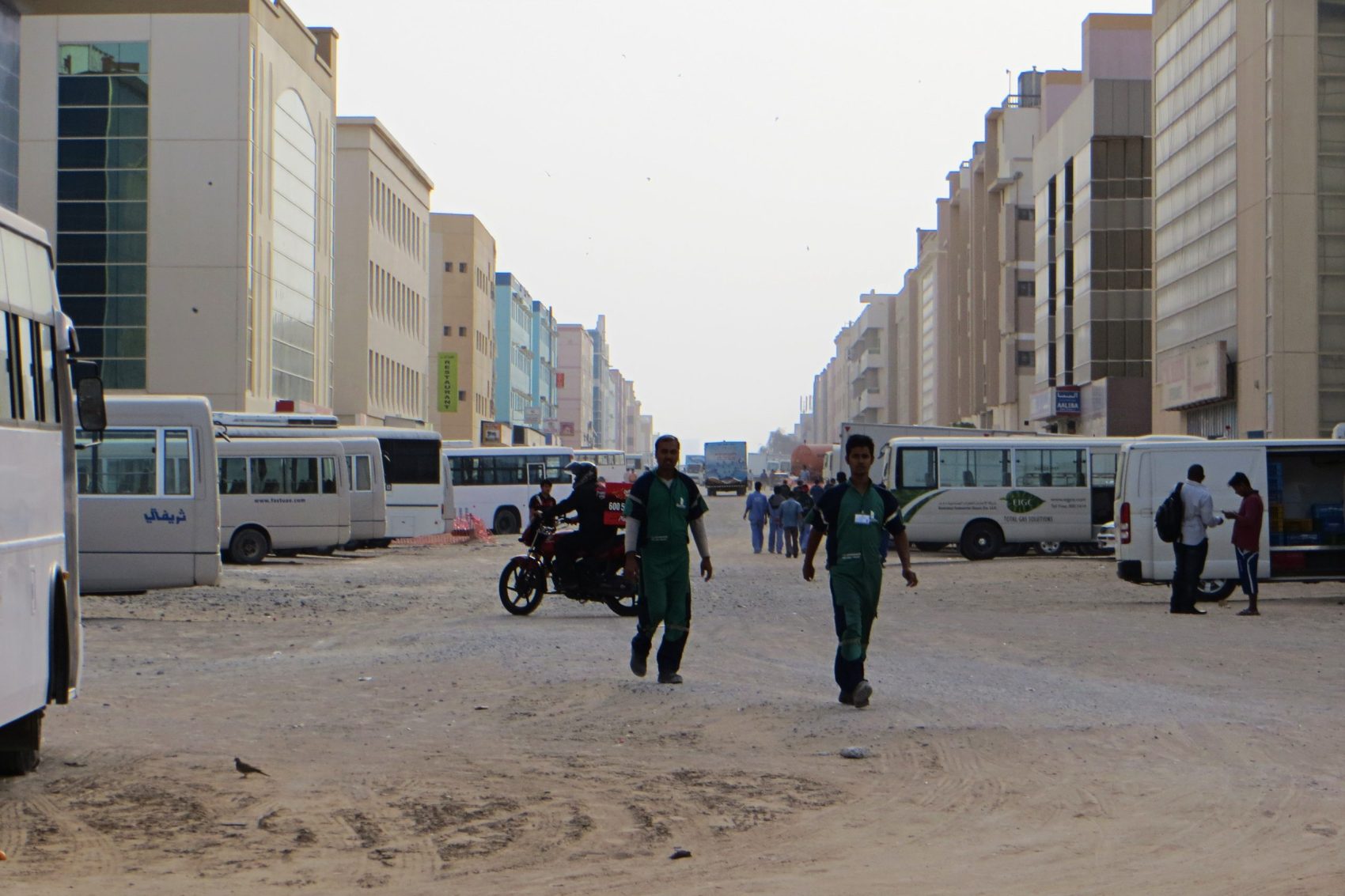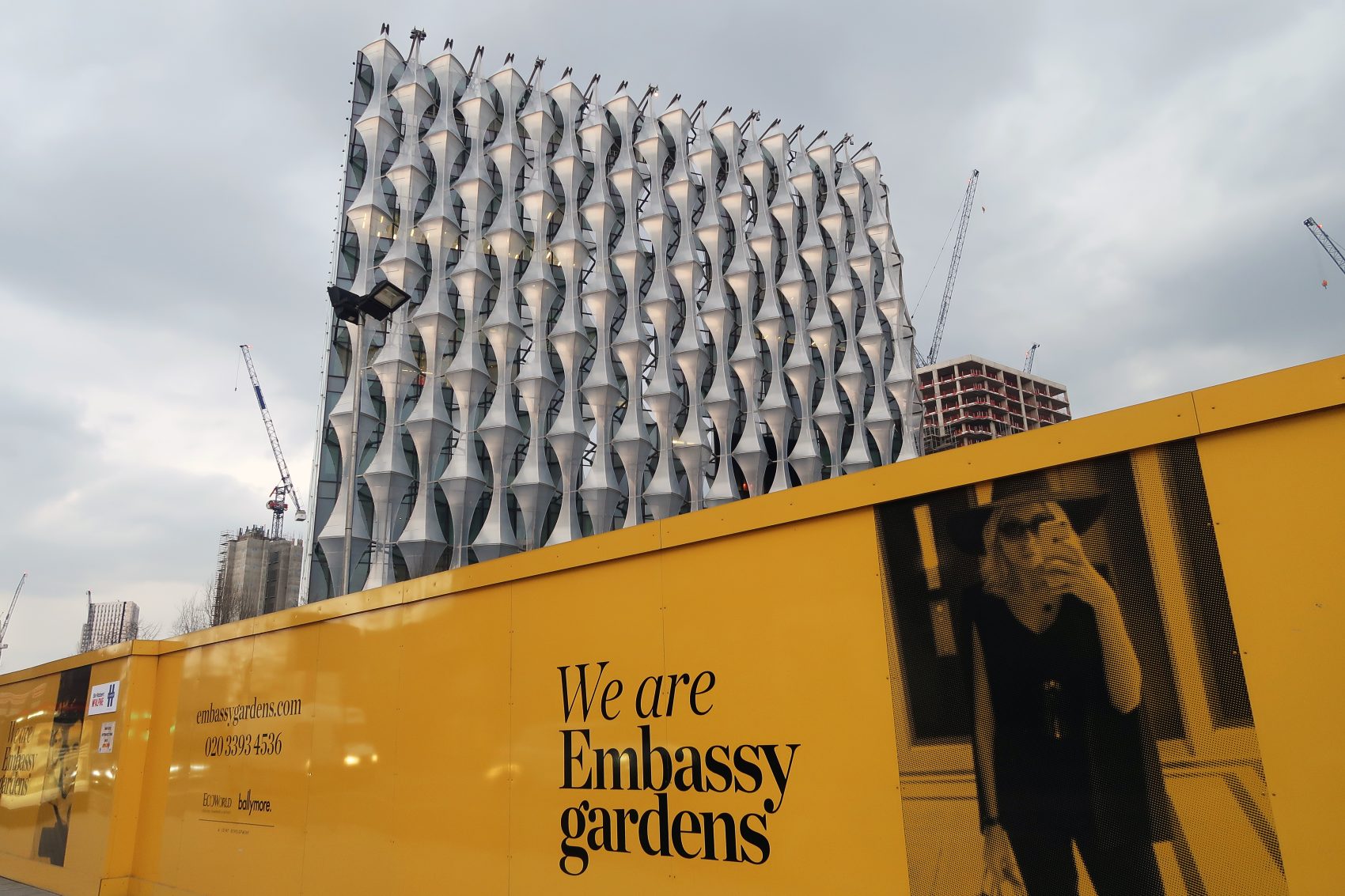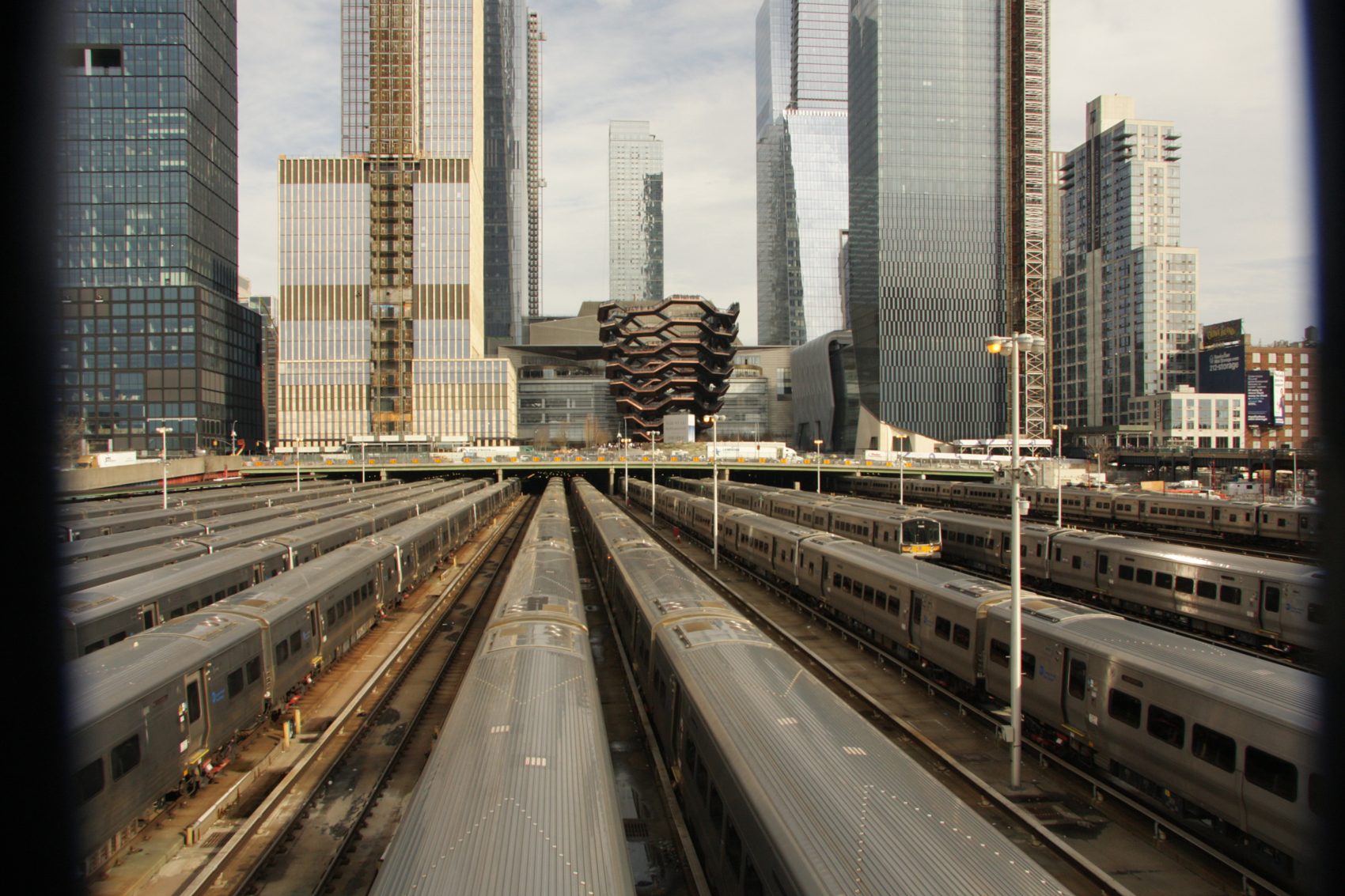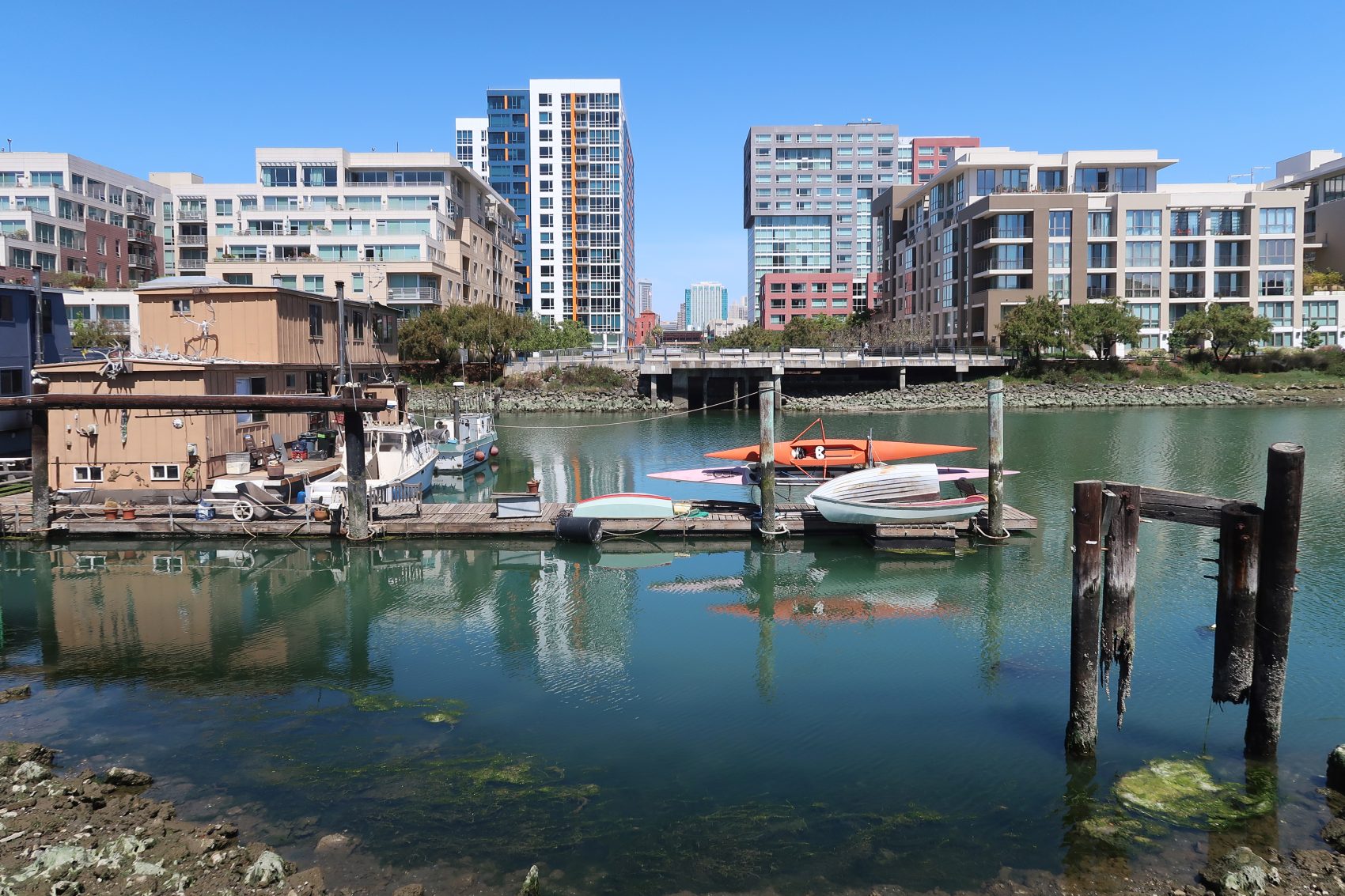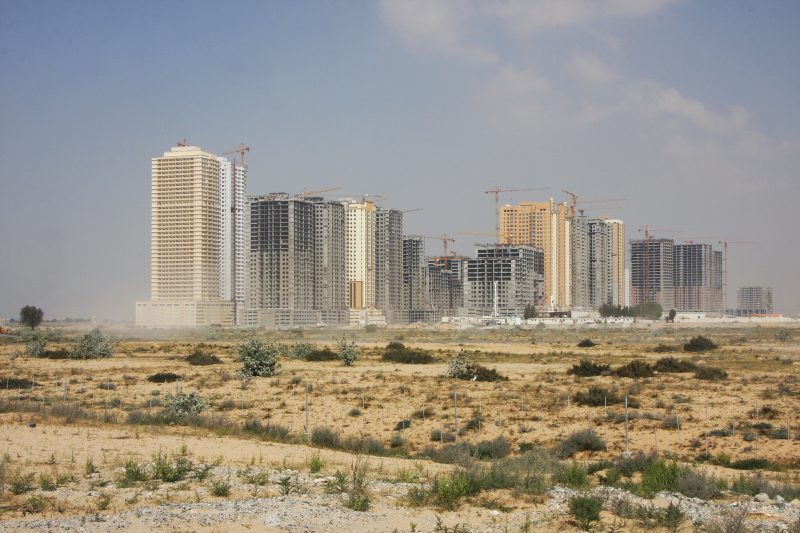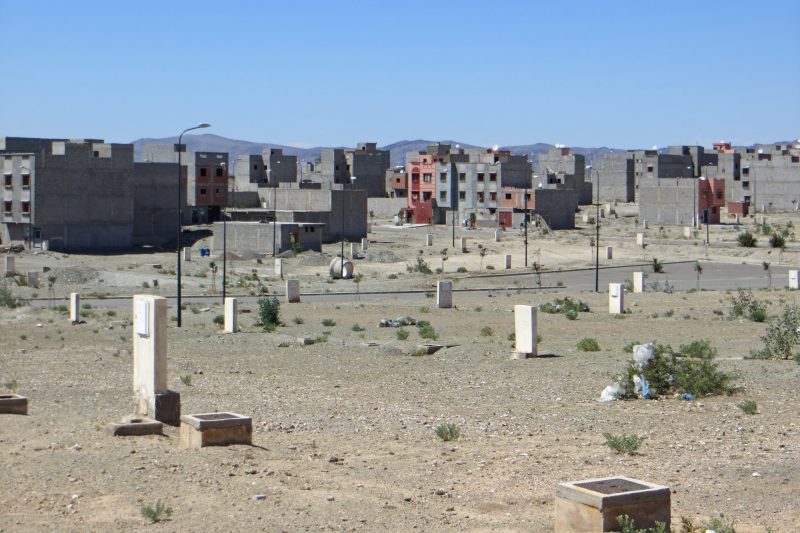Building Capital
‚Building capital‘ is the art of freeing up, disentangling and creating space for investment opportunities.
Today, these speculative attributions of value have become increasingly attached to the rhythms of mobile and monetised formulas of form-making. The mobile nature of these operations is expressed most clearly in the performance of architecture in contemporary spatial and economic frontier processes, i.e. in settings characterised not only by investment and speculation per se but by an entire system of “extensive” and “intensive” expansion through strategic spatial experimentation and risk-taking.
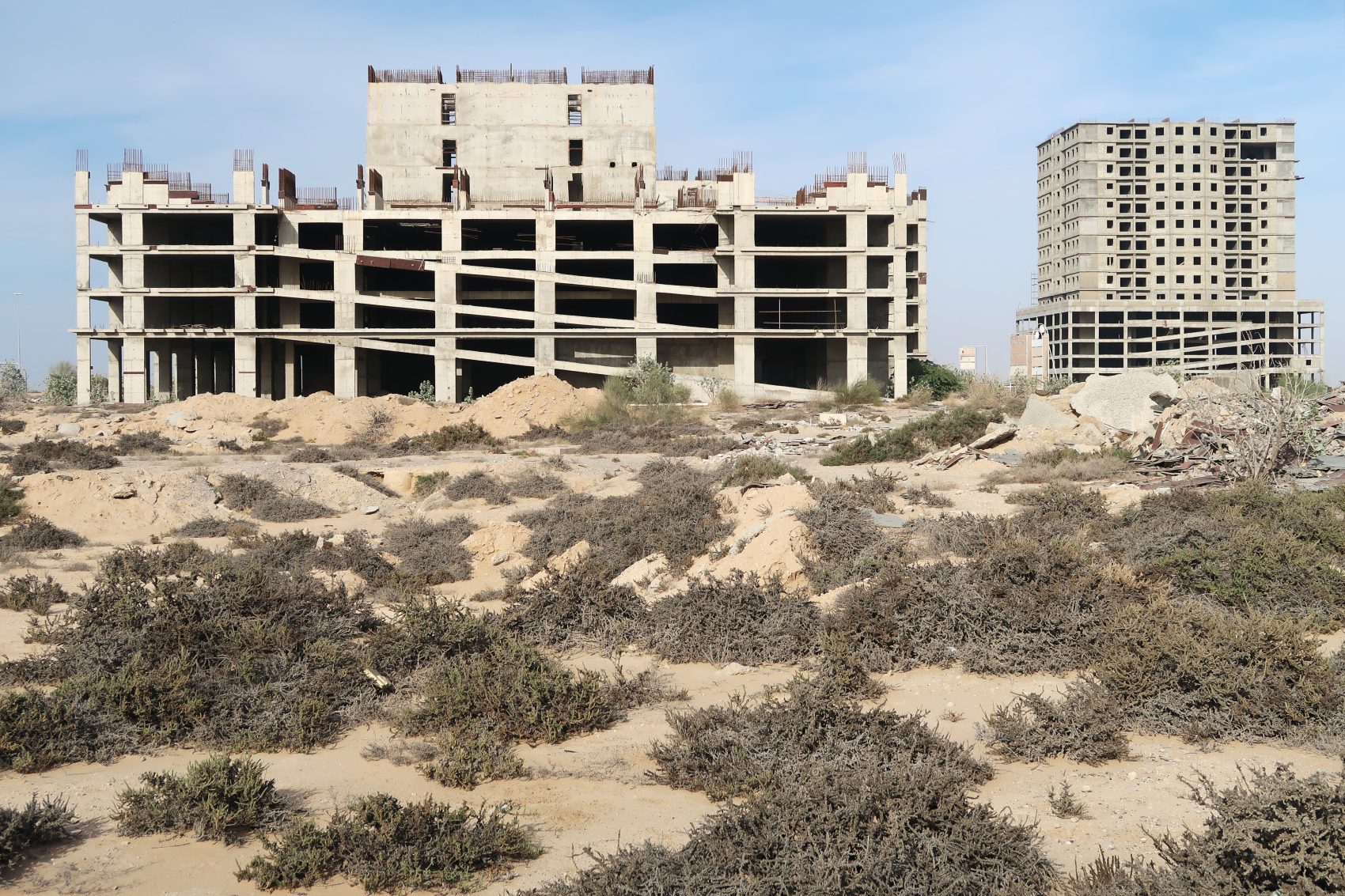
Emirates City, UAE, 2018 (photo: Peter Mörtenböck, Helge Mooshammer)
ARCHITECTURAL SIGNIFICATION AND FACILITATION OF INVESTMENT PROCESSES
As evidenced by the way capital is involved in the production of the built environment, architecture tends to act as a facilitator of capital flows. Increasingly though, architectural design and the symbolic values associated with it are being employed as a means of advancing speculative urban investment. The dominant function of this kind of architecture has become the mobilisation and generation of new financial markets, which is having significant consequences for urban life and the development of cities around the world.
Team
PETER MÖRTENBÖCK
HELGE MOOSHAMMER
Seeking to reveal major shifts in the constitution of future urban habitats, this project investigates the ground-breaking role of architecture in forging new practices of investment. The research team conducts transdisciplinary field studies in Singapore, Mumbai, Dubai, London, New York and San Francisco on key frontiers of “building capital” – the architectural signification and facilitation of investment processes – that have crystallised around the recent global economic crisis. Outlining the workings of architectural capital, the research seeks to break new ground in our understanding of how emergent spatio-economic frontiers are being embraced as new models of urbanism and stabilised as new political paradigms.

